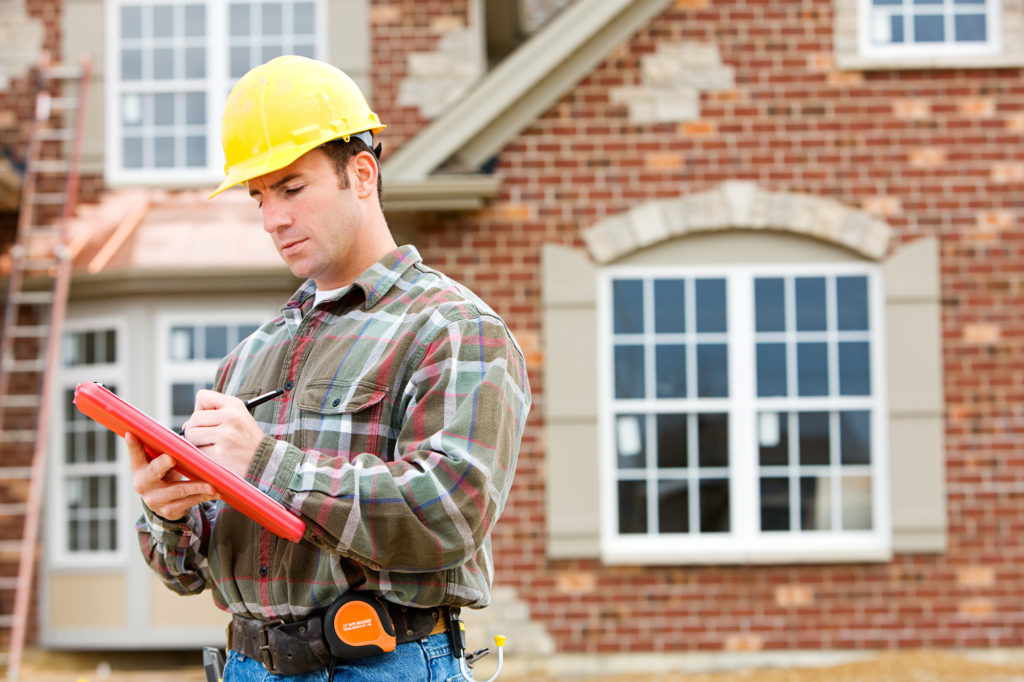
Do you know how to level a concrete floor or slab? Try jacking it!
“Jacking” in general means lifting — especially as it applies to concrete leveling projects. Types of concrete jacking include mudjacking, limestone grout leveling, and expanding structural foam leveling.
In this article, we focus on sandjacking, the process of lifting concrete, and filling in the void underneath with compacted sand. It is often seen as a convenient and inexpensive way of leveling concrete slabs.
The “sand” in sandjacking most often comes from limestone — which has excellent properties for this purpose. Of course, you also need the right concrete-leveling tools (e.g., a concrete floor leveler) to do the job right.
Here are some benefits:
Limestone is an all-natural material and a good concrete floor leveler. It comes straight from the earth and is returned to the natural environment through the sandjacking process.
The cost also depends on the composition of the slurry. Here, “slurry” refers to a semi-liquid mixture containing fine particles suspended in water and meant to thicken or solidify.
The larger the area, the greater the weight.
As a good concrete floor leveler, limestone sand can stabilize the concrete rather than let it get damaged by nature’s forces. Although many companies claim that the sand they put underneath a sunken slab is compacted, they don’t use moisture to finish the project. The sand can’t be fully compacted without moisture.
When leveling a concrete slab, whether it’s a single sidewalk paver or a home’s slab foundation, you need to choose the right method. While there are many concrete leveling techniques, they are not equal.
We believe sandjacking is the best and most effective support for sinking concrete slabs. Our patented Sandjacking™ process is comparable in cost yet superior to mudjacking in results. It is well below the cost to replace concrete.
Reach out today for a free estimate!